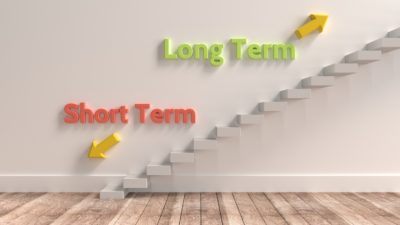It’s been a disappointing 12 months for shareholders of GlaxoSmithKline (LSE: GSK).
A planned £4bn capital return has been slashed to just £1bn, and the pharma giant’s share price has lagged those of its peer group quite badly:
|
Company Passive income stocks: our picksDo you like the idea of dividend income? The prospect of investing in a company just once, then sitting back and watching as it potentially pays a dividend out over and over? If you’re excited by the thought of regular passive income payments, as well as the potential for significant growth on your initial investment… Then we think you’ll want to see this report inside Motley Fool Share Advisor — ‘5 Essential Stocks For Passive Income Seekers’. What’s more, today we’re giving away one of these stock picks, absolutely free! |
12-month share price movt. |
|
GlaxoSmithKline |
-9% |
|
AstraZeneca |
-3% |
|
Shire |
+11% |
|
Pfizer |
+15% |
|
Novartis |
+23% |
|
Amgen |
+35% |
|
Eli Lilly |
+36% |
Glaxo has also underperformed the FTSE 100 over the last five years, climbing 14% versus 26% for the blue-chip index.
However, every cloud has a silver lining. In Glaxo’s case, I believe that the firm’s underperformance could be a strong buying opportunity.
A long game
Glaxo’s current woes are due to a shortage of major products to replace the falling revenues from products such as respiratory drug Advair, which have lost patent protection.
First-quarter core earnings per share were down by 16% on a constant exchange rate basis, and Glaxo’s full-year outlook is for a decline “in the high teens”. Over the last year, cash flow has weakened and exchange rate factors have worked against the firm.
The firm’s complex cash and asset-swap transaction with Novartis should have resulted in a £4bn (80p per share) cash return to shareholders. In May, this was reduced to £1bn (20p per share) in order to protect Glaxo’s credit ratings and improve its financial flexibility. None of this has helped Glaxo’s share price, but the company expects to report significant growth from 2016 onwards, and I believe that investors need to share this longer view.
Developing major new pharmaceutical products isn’t fast or predictable, but it can result in big wins. Take this week’s news that US firm Eli Lilly has an experimental product, solanezumab, that could be a major breakthrough in the treatment of Alzheimer’s.
Some estimates suggest that if further trials are successful, this product could generate sales of $11bn per year. Alternatively, it may join the long list of failed Alzheimer’s treatments. There’s no way of knowing, which is why major firms like Glaxo and Eli Lilly always have many more products under development than they expect to commercialise.
Backed by top investors
I’m confident that Glaxo’s pipeline of new products will deliver some successes over the next few years. I also believe the potential of firm’s existing assets, such as the ViiV Healthcare HIV business and Glaxo’s vaccines division, is not currently reflected in Glaxo’s share price.
That’s a view shared by top UK fund manager Neil Woodford. The view of Mr Woodford’s fund, which has added to its Glaxo holding in recent months, is that Glaxo’s individual divisions are collectively worth “significantly” more than Glaxo’s current market value.
Not expensive
The final point to note is that Glaxo does not look expensive at today’s valuation. The firm’s shares trade on a 2016 forecast P/E of 15.5 and on about 13 times average earnings per share from the last five years.
This year’s £1bn cash return means that the shares offer a prospective yield of 7.4% for 2015, falling to 5.9% for 2016 and 2017, when Glaxo is planning to pay a dividend of 80p per share.







